Viewfinder
A viewfinder is a simple yet extremely helpful tool for oil painters. While planning a composition for your painting you want to find an interesting arrangement of abstract shapes. A viewfinder helps you to do just that by isolating specific areas. Thus, a viewfinder helps you to crop your image so you can easily find what you want to paint.
Even after you find your composition you can continue to play around with how much to leave in and what to crop. Doing this eliminates any woes you might have later on about wishing you had an extra inch of canvas to add a particular element to your composition.
I also find it helpful to look through a small hole (something I have on my viewfinder). This is especially helpful when looking at smaller areas like a still life. The ‘hole’ is able to crop more thoroughly because it is smaller.
You can make your own viewfinder with heavy paper or cardboard or purchase a sturdy plastic one. I personally use a plastic one as I can take it along on painting trips without worrying that I might bend or crush it. I personally use what is called Viewcatcher by the color wheel company. I love it and it works excellently.
Smartphone (Black mirror)
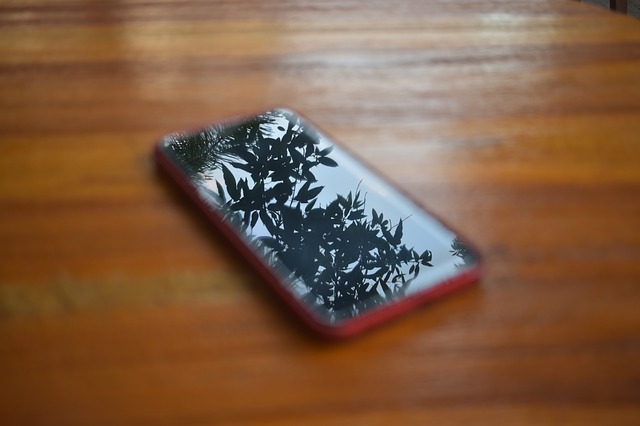
Simplifying what you are looking at is was one of the most important things to do while you are painting – but also one of the most difficult. The black reflection of a shut off smartphone is oddly one of the best tools to have with you while painting.
Simply lift up your phone opposite what you are painting so you can view the reflection on your phone’s screen. You will notice the reflection tell you what the brightest thing in your composition is and which elements are similar in value. In short, looking at the reflection will help you out of the pitfall of getting too distracted by the details. Instead you will see what is most important in your composition.
Straight Stick for measuring
Having a straight stick in your hand is one of the best things you can do to make sure you have accurate measuring. You will be thankful especially if you are working on a complex composition!
The straight stick works because it allows you to compare lengths of certain parts to one another. When painting, you are constantly needing to compare certain parts to one another in order to take measurements. The same is certainly true when it comes to the ‘drawing’ element of your piece.
Lift up your stick to what you are working on and use your finger to mark the length of something. Use this measurement to compare to another part of your painting to deduce whether it is of lesser, greater or equal value. Use this measurement to make sure that the parts are of the same proportion in your paintings as what you measured in nature.
Palette Knife
I literally cannot paint without my palette knife in hand. I use it that much. It is never used to apply paint however. Rather, I only use it to draw/ measure or scrape away and wipe.
Similarly to the smartphone/ black mirror tool mentioned above. The palette knife has the ability to help you simplify your painting. When using a trowel shaped palette knife you can use the bottom section to rub your painting. When doing so, unnecessary details get lost and the most important elements remain.
I cannot stress enough how helpful this is when working through a painting. This is specially true when you are struggling with getting a sense of clarity in your work. Similarly, just scraping your painting with the edge of your palette knife does a similar job. The difference is just that more paint will be scraped away. 😉
I sincerely hope that these tips are helpful to you! Comment below if you have any thoughts or questions.

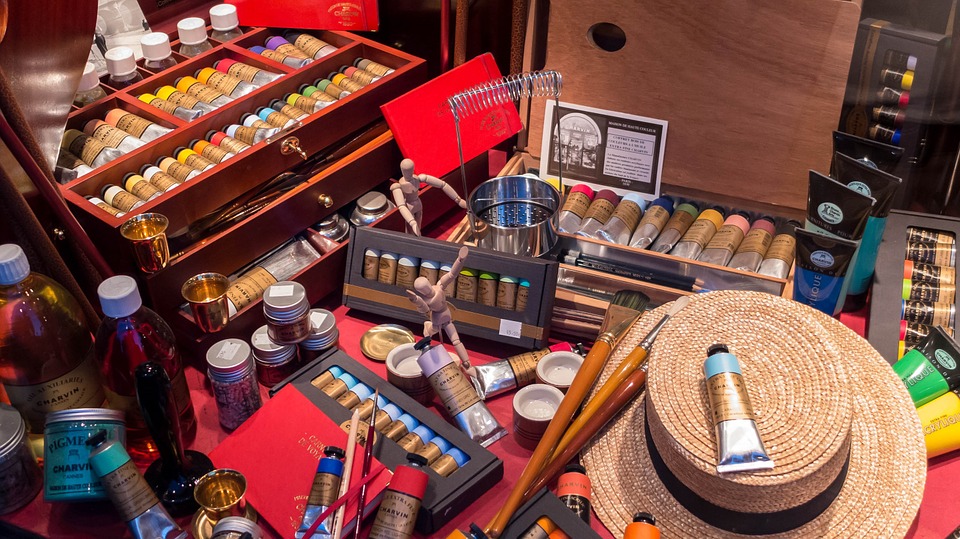

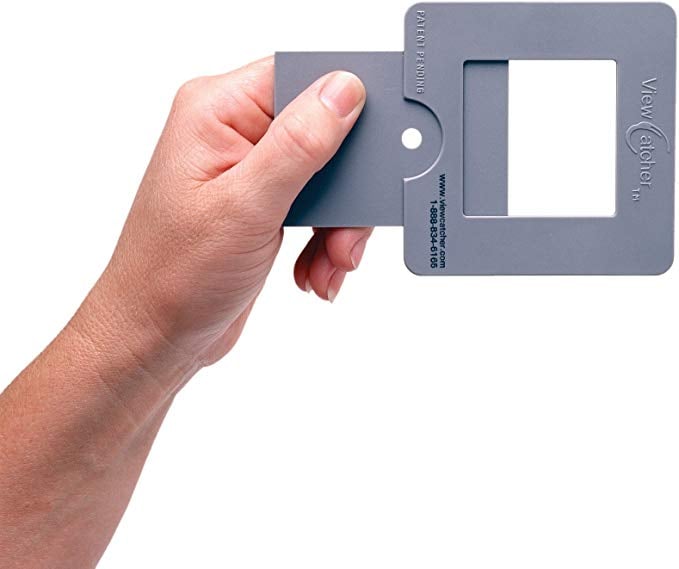
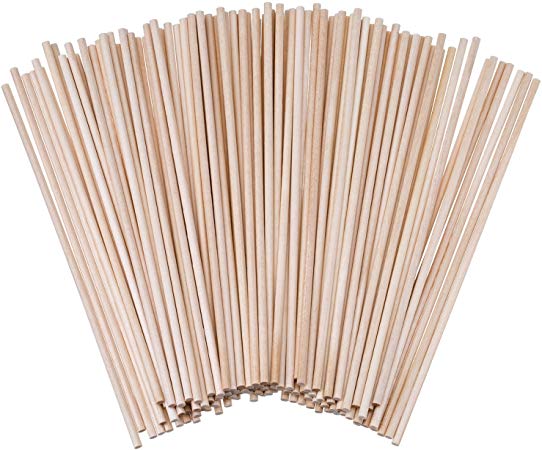
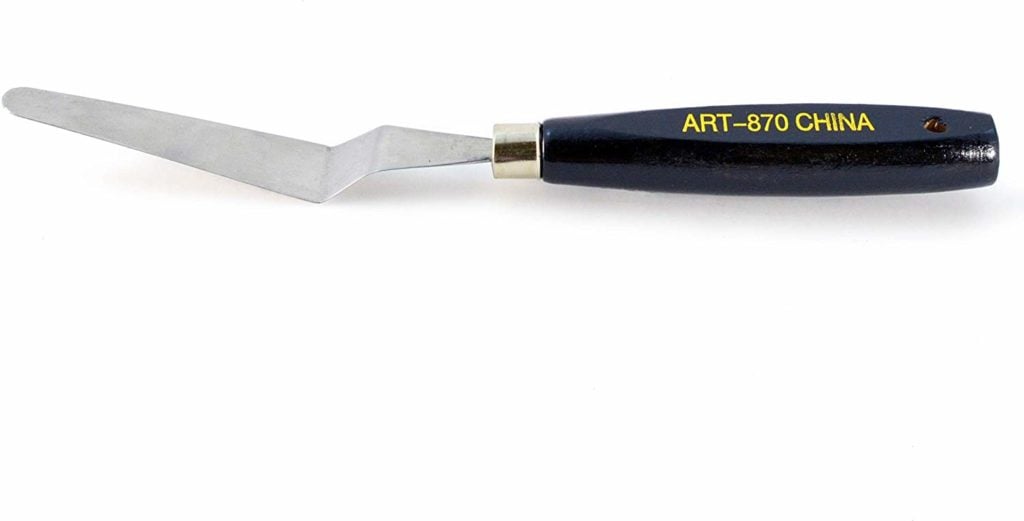


1 thought on “4 indispensable tools for oil painters”
Pingback: 10 Favorite Art Materials Under $25 - Art Studio Life